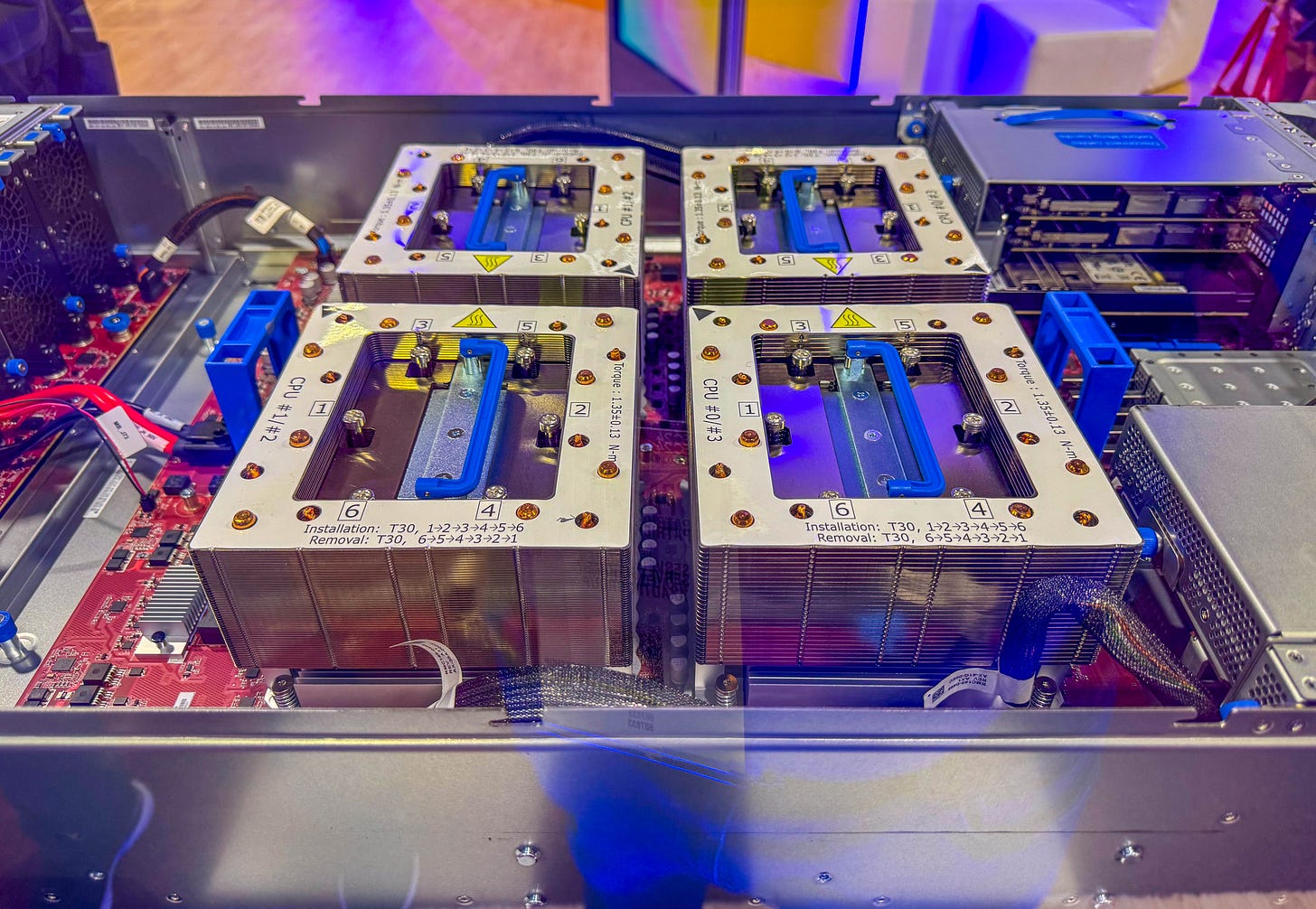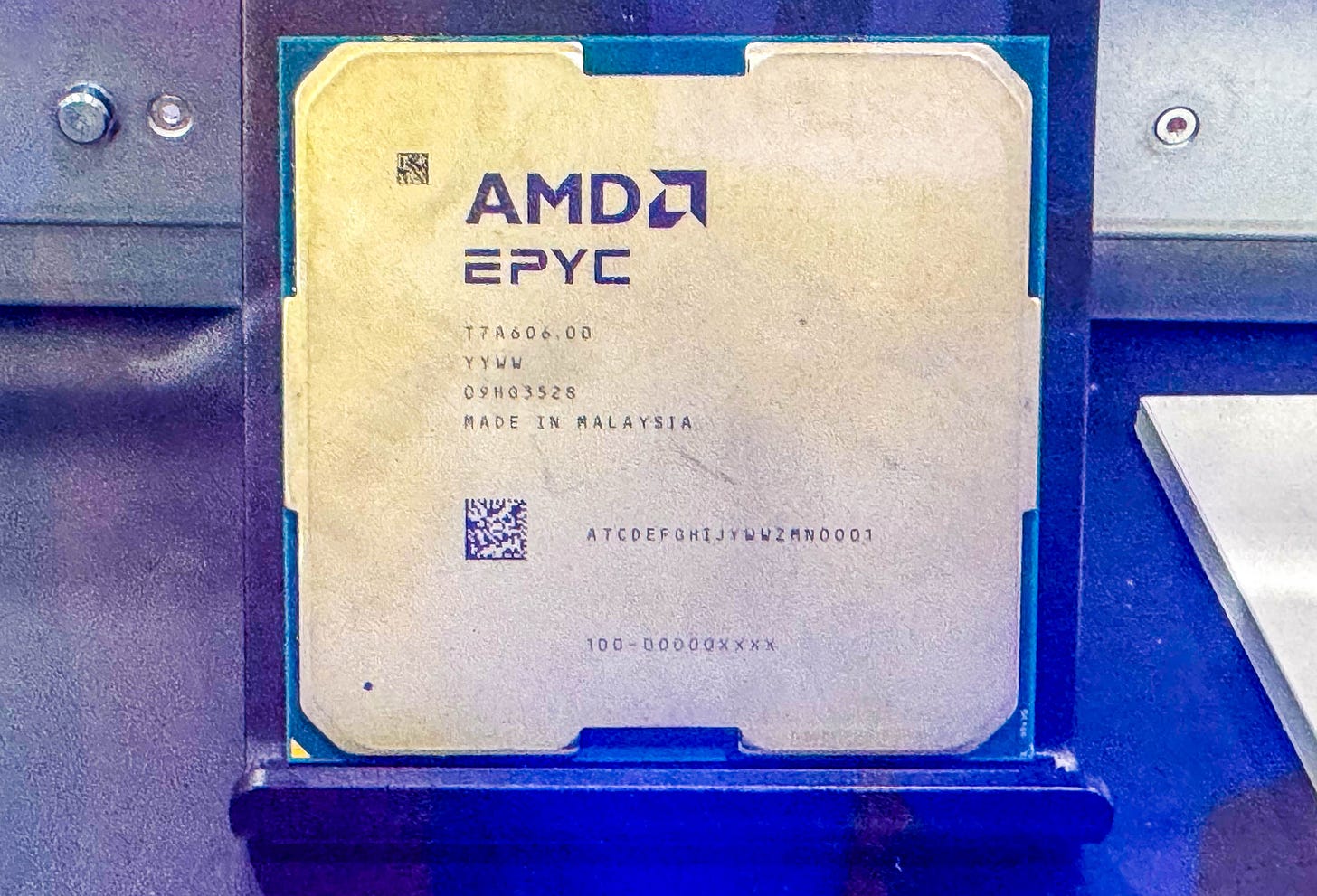AMD MI300C, Intel Xeon Max, and NVIDIA Grace Superchip Guide
Why AMD's monster CPU has fewer customers than Intel Xeon Max and the NVIDIA Grace Superchip
At Supercomputing 2024, we saw AMD’s monster CPU, the AMD EPYC 9v64H. A large number of news stories about the chip were incorrect stating that it has only 88 cores. It is actually a 96-core part with 128GB of HBM3 memory. Like the Intel Xeon Max, it combines CPU cores of a common era with HBM to create a processor designed for HPC workloads. Unlike the Intel Xeon Max and the NVIDIA Grace Superchip, the AMD MI300C will not enjoy wide market adoption.
AMD MI300C versus Intel Xeon Max Quick Comparison
Going through the key specs of the AMD MI300C versus Intel Xeon Max, it is clear that AMD has the much larger platform. It gets a little murkier with the NVIDIA Grace Superchip. Let us quickly dive into the specs of each.
CPU Cores
AMD enjoys just over 70% more in raw CPU core count over Intel albeit has a deficit to NVIDIA’s raw core count.
AMD has 96 cores in four 24 core chiplets
Intel has 56 cores in four 14 core chiplets
NVIDIA has 144 cores across two 72 core CPUs that are co-packaged onto a module
Microsoft is turning SMT off for its MI300C-based instances. As a general rule of thumb, we would expect the 96 Zen 4 cores with SMT to be very competitive with the NVIDIA Grace 144 cores. In this instance we lose SMT which is usually good for HPC workloads and adds significantly more memory bandwidth per core. Intel Xeon Max simply has fewer cores.
Memory
AMD probably has the best memory subsystem of the three, with some big caveats.






